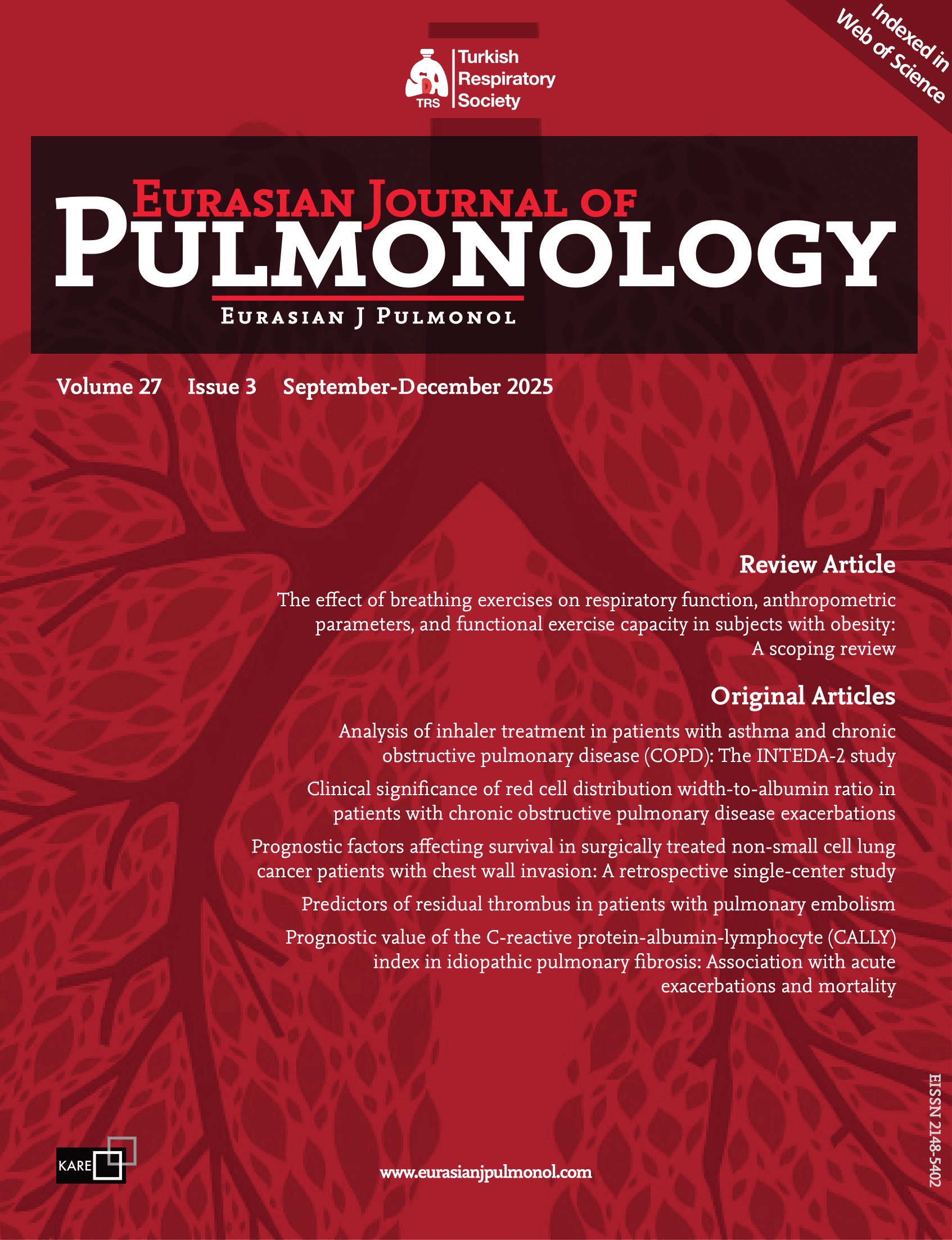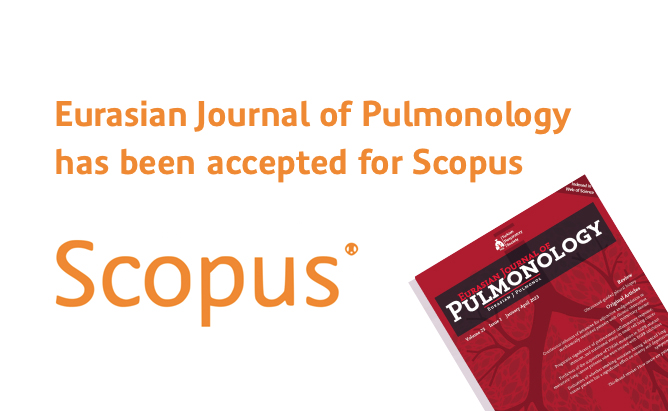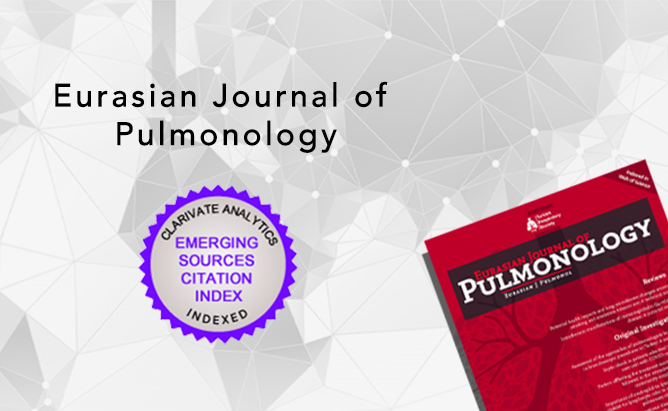2Department of Radiodiagnosis and intervention, Alexandria University, Alexandria, Egypt
Abstract
Background and Aim: Imaging techniques are pivotal in the assessment of lung structure and function, particularly in diagnosing respiratory ailments. Among these, ultrasound strain elastography (SE) presents a promising avenue for evaluating peripherally located lung parenchymal lesions and distinguishing between benign and malignant pathologies. This study aims to explore the applicability and reliability of ultrasound elastography (USE) in tissue differentiation and establishing a strain ratio (SR) cutoff value via (SE) for accurate classification.
Methods: A cohort of 138 patients aged 18 years and older was enrolled in diagnostic accuracy study to assess the efficacy of SR in which values analyzed to determine optimal cutoff points for discriminating between benign and malignant lesions. Sensitivity, specificity, negative predictive value (NPV), positive predictive value (PPV), area under the curve (AUC), and accuracy were determined via receiver operating characteristic (ROC) analysis.
Results: We assessed tissue stiffness using SE and found that malignant lesions exhibited stiffer pattern in comparison to benign ones, as well as a SR cut-off value set at ≥ 1.75 was determined for diagnosing malignant peripheral lesions, the sensitivity, specificity, PPV, and NPV were 98.67%, 82.54%, 87.1%, and 98.1%, respectively.
Conclusion: Using SE could help to classify a peripheral parenchymal lung lesion as benign or malignant based on the SR.




 Mona S. El Hoshy1
Mona S. El Hoshy1 




